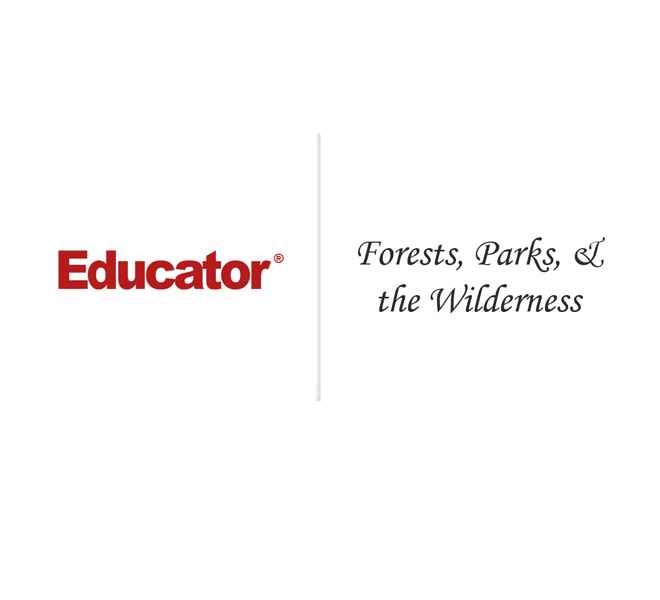Connecting...

This is a quick preview of the lesson. For full access, please Log In or Sign up.
For more information, please see full course syllabus of AP Environmental Science
For more information, please see full course syllabus of AP Environmental Science
AP Environmental Science Forests, Parks, & the Wilderness
Lecture Description
In this lesson, our instructor Bryan Cardella gives an introduction on forests, parks and the wilderness. He discusses forests in the United States, the worldwide effects of forests, ecology of forests, forest management, harvesting forests, clear cutting, plantations, sustainability, deforestation, parks verse nature reserves, conflicts related to parks, and wilderness.
Bookmark & Share
Embed
Share this knowledge with your friends!
Copy & Paste this embed code into your website’s HTML
Please ensure that your website editor is in text mode when you paste the code.(In Wordpress, the mode button is on the top right corner.)
×
Since this lesson is not free, only the preview will appear on your website.
- - Allow users to view the embedded video in full-size.
Next Lecture
Previous Lecture










































 Answer Engine
Answer Engine


0 answers
Post by Lu Liu on August 15, 2020
For shelterwood cutting, what is the point of cutting the small trees? What are they used for?
1 answer
Sun Apr 15, 2018 1:38 PM
Post by Patricia Xiang on April 13, 2018
What does share the canopy means? Does it mean that they are under the canopy of the dominants?
1 answer
Mon Apr 13, 2015 5:29 PM
Post by Caleb Kierum on April 13, 2015
With really old trees like what soil layer do their roots usually go to? Does the ratio of one soil layer to another have to be different to accommodate trees with large roots?